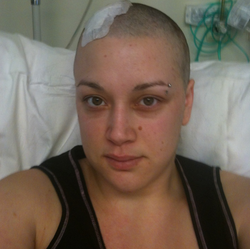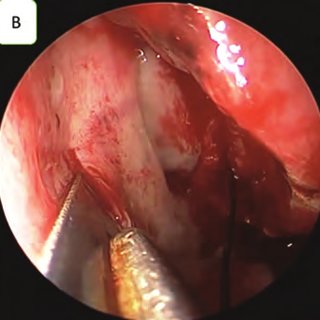
Cerebri pseudotumor (SOo-duh-too-ruh KREE-behr) is the medical term for “pseudo-brain”. This occurs when intracranial pressure rises (increased pressure in the inner ear caused by fluid changes in the brain) for no apparent reason. It is also known as Pseudotumor of the Brain (PTC). Sometimes there may be severe headaches behind the eyes.
PTC usually presents with sudden and severe pain or discomfort behind the eyes. The pain can be in one or both eyes. PTC can be caused by a large accumulation of fluid (cerebrospinal fluid) in the inner ear. PTC may be due to a tumor. PTC can also be caused by a neck or head injury. PTC is sometimes caused by tumors that develop behind the eyes or in the nasal passages.
Treatment for PTC includes surgery. Surgical treatment for this condition should be considered a last resort, especially if other treatment options have failed. PTC surgery is usually done to remove the affected part of the inner ear.
PTC surgery is often performed under general anesthesia. This procedure is called a middle frontal intracraniocelectomy (MIFC). MIFC is a minimally invasive surgery that does not remove the entire lobe of the brain. This surgery is a nonsurgical treatment option for this condition. You can find information on treatment options for this disease on the website handaldok.com.
One of the most common complications of PTC surgery is a blockage in the central ear canal. When the canal is blocked by the mucous membrane of the inner ear, sounds cannot escape from the inner ear, and therefore they are heard in the lower part of the brain. The resulting hearing loss in people with this condition is called mastitis. In some cases, surgery can also lead to hearing loss.
Surgery in this condition is successful enough to reduce the severity of the symptoms of this condition. After surgery, the victim will need to take medication and receive proper nutrition for six months so that symptoms do not return. This is a lengthy process that will take patience and perseverance. Certain medications and meals may need to be taken throughout life.

After surgery, the person has a recovery period of between two to four months
This is longer than if the operation is done under general anesthesia. Some patients also need to take prescription medication, and they have to be monitored closely.
Surgical procedures are only used as a last resort for this type of problem. If other treatment options have not been effective, doctors may recommend that surgery be performed. Surgery for this condition is a risky operation, but it is a highly effective way to relieve symptoms of PTC. Surgical procedures can help reduce pain and treat the underlying cause of this condition. For most patients, this is an effective way to treat this condition.
Idiopathic intracranial hypertension is a rare type of disorder. It affects one out of every nine individuals who suffer from this condition. This means that it is a relatively rare condition. The National Institutes of Health estimates that over three million Americans are living with this condition.
There is no known cure for PTC. Doctors do know how to treat the symptoms and prevent further complications from occurring. They can help patients live a more normal life with the symptoms of this condition.
Middle frontal intracranial hydrocephalus causes the opening of the middle frontal canal in the inner ear to become small. Patients with this type of condition experience a constant and severe headache. The condition is not life threatening but can be painful and can interfere with day to day activities.
Surgery for this condition is usually the first line of defense for this condition. It is the only method of treatment that has proven effective in treating this condition.